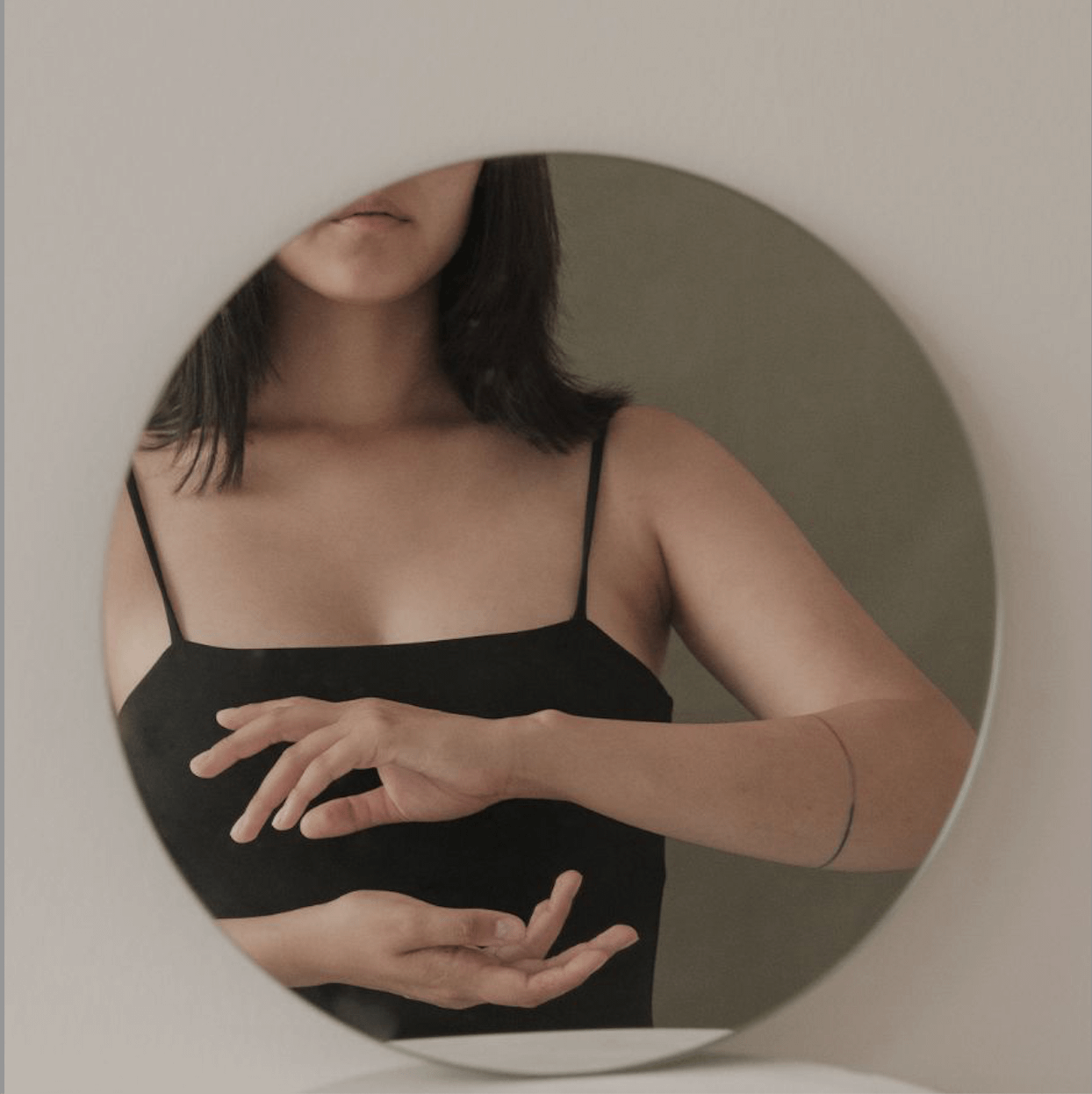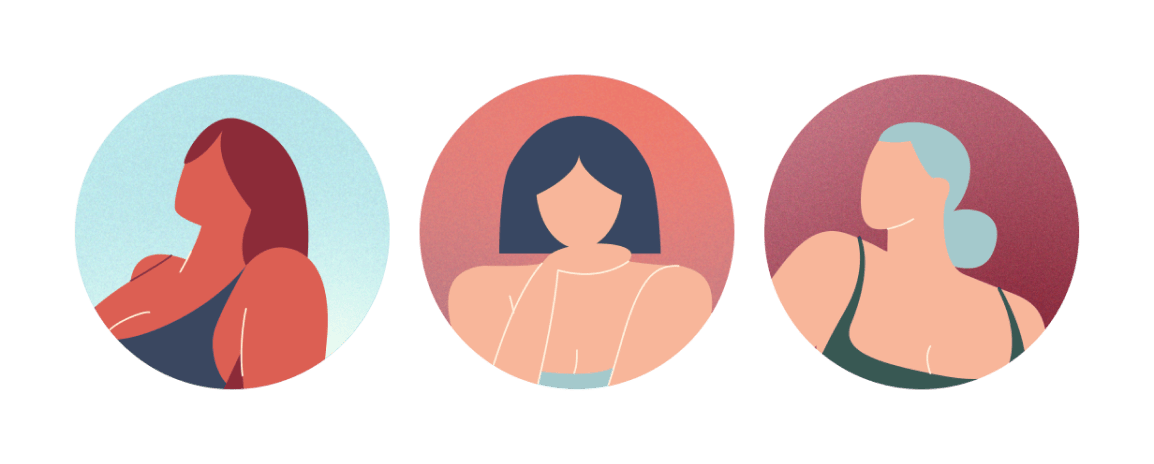
Body
Get to know your body through a better understanding of your anatomy and find the answers to some of your most common questions.

There is much more to the menstrual cycle than just menstruation. That’s why using the words menstrual cycle and menstruation interchangeably is scientifically incorrect.
Within each menstrual cycle, women will experience two phases with two main events: the follicular phase, marked by menstruation, and the luteal phase, marked by ovulation. In this resource, we’ve broken down the science to help you understand what’s happening inside your body on a hormonal and physiological level.

The average duration of the follicular phase is 16 days, and the average length of the luteal phase is 13 days. These two major phases take their names from the events that define them. The follicular phase is all about the maturation of an egg within a follicle, while the luteal phase involves the follicle’s transformation into the corpus luteum. The corpus luteum is an endocrine structure that forms within the ovary once the ovarian follicle has released a mature egg.
The menstrual cycle starts on the first day of your period and ends when your next period begins. Throughout the cycle, our bodies go through hormonal changes. That's why our moods, energy levels, libido, and productivity constantly differ.
The key to harnessing this is understanding your cycle. Our hormones should not be these scary, foreign, complicated concepts. The beauty of your cycle is that it allows you to be a different version of yourself every day. We are constantly changing, and that is not a curse – it’s a blessing!
This phase starts on the first day of your period, includes your pre-ovulation days, and ends at ovulation. Its main goal is to prepare an egg to be released from the ovaries and to build the lining of the uterus (which happens at the end of your bleed). During this time, estrogen levels begin to rise, which can translate to feeling more energetic. Meanwhile, the follicle stimulating hormone (FSH) also increases to help your eggs mature in the ovary, preparing them to be released.
What you call your "period" is actually only the first three to seven days of your cycle, also known as the menstrual phase. It is characterized by low levels of estrogen and progesterone, and you’ll shed the lining of your uterus during this phase.
Menstruation removes two thirds of the uterine lining. In addition to blood, menstrual fluid contains mucus and vaginal secretion. The flow of menstrual blood varies throughout menstruation, it may be more or less at the start of menstruation and/or may change throughout the cycle. This also varies from woman to woman. For more on how to familiarize yourself with your own unique flow and what’s normal for your body, explore our detailed guide here.
This 24-hour event happens mid-cycle, when the egg is released from the ovary. Estrogen levels reach their peak to thicken the uterine lining. Progesterone levels begin to rise to secure the uterine lining in place, along with testosterone, which will help drive your desire to be intimate. Meanwhile an increase in FSH and luteinizing hormone (LH) will stimulate the release of the egg, which is now ready for fertilization. Estrogen then drops right after the egg is released.
This second part of the cycle starts with ovulation and ends before the start of menstruation. Its goal is to prepare the uterus and body to accept a fertilized egg, or to start the next cycle if a pregnancy doesn’t happen. Progesterone and estrogen fluctuate throughout this phase, with progesterone reaching its peak, to help thicken the uterine lining. If a sperm has fertilized the egg (known as conception), the fertilized egg will travel through the fallopian tube to the uterus, where it will implant in the uterine lining. If the egg isn’t fertilized, progesterone and estrogen levels drop, and your uterus will shed its lining. This shedding is also known as your period, or your menstruation.
If you’re interested in learning more about each of these phases, discover detailed information here.
RELATED: Inner Winter: A Lifestyle Guide to Your Menstruation Phase, 7 Methods to Make Peace with Your Period
Did you find the answer you were looking for? Is there something we missed? What did you think of this resource? We want to hear from you.
